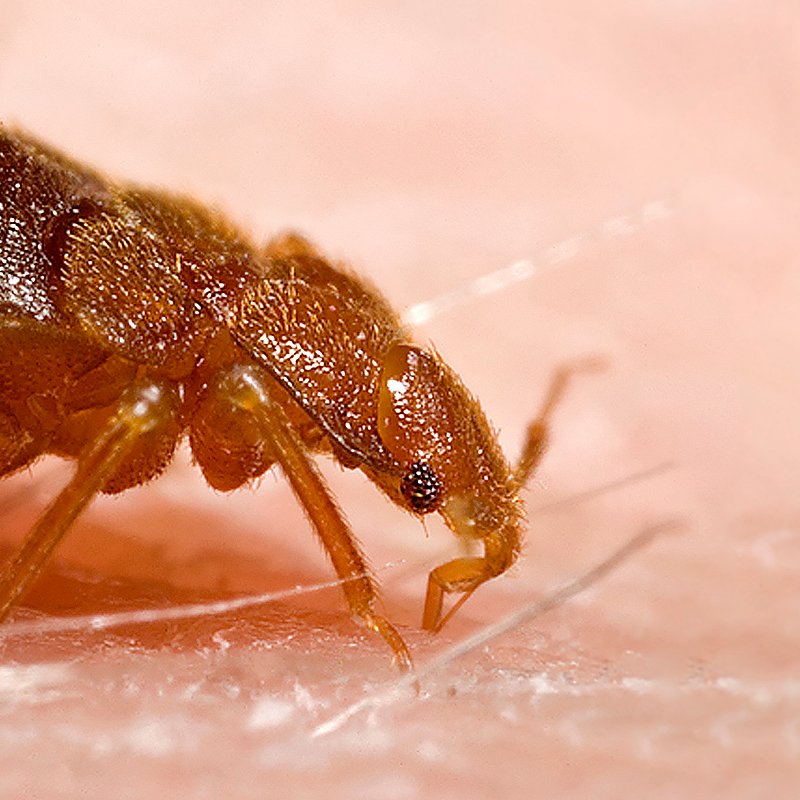Fleas are a common nuisance for both humans and animals, often causing discomfort with their bites. However, there is a widespread misconception that fleas can burrow under human skin. This article aims to clear the air about this myth and provide accurate information about how fleas interact with human skin, what they look like on the skin, and how to protect yourself from these parasites.

 Myths and Facts About Fleas and Skin
Myths and Facts About Fleas and Skin
Do Fleas Burrow Under the Skin?
Contrary to popular belief, common fleas do not burrow under the skin. Fleas consume the blood of their hosts by piercing the skin with their mouthparts. After feeding, they move on to lay eggs in the environment, not inside the skin. The discomfort and itching caused by flea bites can increase the urge to scratch, but this does not mean that fleas are burrowing into your skin. However, there is a type of flea known as the “sand flea,” which is capable of burrowing into the skin. Sand fleas, also known as chigoe fleas, are found in tropical and subtropical regions. Female sand fleas dig deep into the skin, usually in the feet, where they lay eggs, causing a condition known as tungiasis. This condition can lead to intense itching, pain, and secondary infections if not treated timely.
How to Tell If Sand Fleas Are Under Your Skin?
If you suspect that sand fleas have burrowed into your skin, there are a few signs to watch for. The area where the sand flea has burrowed may appear as a small, swollen bump, often with a black dot in the centre. This black dot is the flea’s rear end, which remains exposed to the air. As the flea grows while laying eggs, the bump can become larger and more painful. Common symptoms of tungiasis include intense itching, redness, swelling, and, in severe cases, ulcers or secondary bacterial infections. If you suspect tungiasis, it is crucial to seek medical attention promptly to remove the flea and treat any complications.What Do Fleas Look Like on Human Skin?
Flea bites on human skin are typically small, red, and slightly raised. They often appear in clusters or lines, particularly around the ankles, legs, and waist, where fleas are most likely to jump onto the body. The bites can be intensely itchy and may develop into red, inflamed bumps if scratched. Fleas themselves are small, dark brown or black insects, typically about 1/8 inch in length. They have flattened bodies and are excellent jumpers, allowing them to move quickly from one host to another. On human skin, fleas are difficult to spot as they are small and rapid.What Can I Put on My Skin to Keep Fleas Off of Me?
If you are concerned about flea bites, there are several ways to protect your skin. Insect repellents containing DEET, picaridin, or oil of lemon eucalyptus are effective at keeping fleas away. Applying these repellents to exposed skin before going outdoors, especially in areas where fleas are common, can help prevent bites. Additionally, wearing long sleeves, pants, and socks can reduce the area of the exposed skin, making it harder for fleas to bite. If you have pets, regularly treating them with veterinarian-approved flea preventatives can significantly reduce the risk of fleas in your home.How Long Do Fleas Survive on Human Skin?
While fleas may bite humans, they do not typically remain on human skin for long. Fleas prefer to live on animals with fur, where they can hide and lay eggs more easily. After feeding on human blood, fleas will often jump off to seek a more suitable host or return to their hiding spots in the environment.| Myth | Fact |
| Fleas burrow under human skin. | Common fleas do not burrow under the skin; however, sand fleas can burrow into the skin. |
| Fleas live on humans. | Fleas may bite humans, but they do not live on human skin long-term. |
| Flea bites are always visible immediately. | Flea bites can take some time to become visible and may vary in appearance depending on individual reactions. |
| All flea bites cause severe itching. | While flea bites are generally itchy, the effect of the reaction can differ from person to person. |
| Fleas can be eliminated with just one treatment. | Flea infestations often require multiple treatments to eliminate all life stages. |


